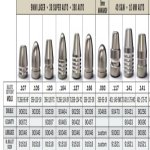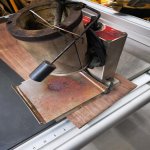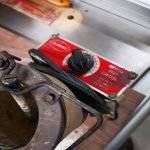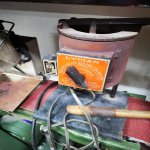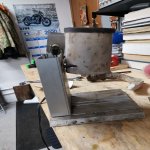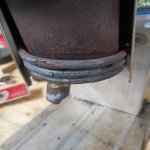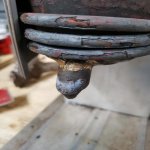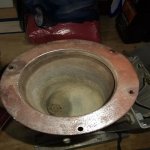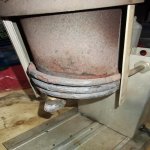dearslayer
Regular
- Location
- On The Edge
I was wanting to give casting bullets for 9mm and .40 S&W a try in the next little while. I have a couple old pots and some lead but I need to purchase Lee Molds for each caliber but I'm not sure which ones to order. Can someone suggest which ones I should get from the image attached? Should I get the 2 cavity or 6 cavity, Micro band or Gas Check?? Any help for a rookie would be appreciated.















































